×
SparkFun will be closed Nov. 28th and Nov. 29th in observance of Thanksgiving. Any orders qualifying for same day shipping placed after 2:00 p.m. MST on Wednesday, Nov 27th will be processed on Monday, Dec 1st. Wishing you a safe and happy holiday weekend from all of us at SparkFun!
How to make your own seismometer to measure ground activity, such as earthquakes and volcanic eruptions.
Check out the next chapter in the aquaponics automation saga. The project has moved beyond a small indoor system to automating an entire geodesic dome greenhouse full of many different systems.
A brief overview of the numerous internet-enabled devices I've used to monitor my aquaponic systems.
In this week's Enginursday, Joel shows off his aquatic turtle habitat, complete with an above-tank basking area, automated lighting, and an aquaponic feeding system.
High-school science teachers can radically reduce the cost of building up science labs while giving students opportunities to engage in genuine design processes by introducing them to open-source hardware. A vast collection of free and pre-designed low-cost scientific tools are available, many of which can be printed on a open-source 3D printer, including the printer itself. Not only can students benefit from access to research grade equipment, there are ample opportunities for students to build on, improve, and customize scientific tools as part of their curriculum. In this way the number and value of the open-source hardware designs can expand with student effort, enabling a powerful motivating factor for science education.
Happy Thanksgiving everyone! Check out this quick little hack using a standard temperature probe from my oven thermometer, our PicoBoard, and a little creative coding in Scratch!
Learn how data.sparkfun.com can help you not just collect data, but also use that data to make hypothesizes, see trends, and make adjustments to a variety of systems.
Dr. Kristi Pikiewicz discusses introducing some of her therapy clients to soldering as a way to calm and focus themselves. Yet another reason to involve kids in DIY projects?
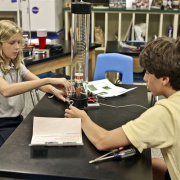
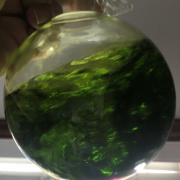
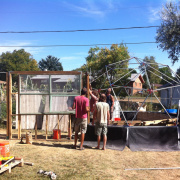


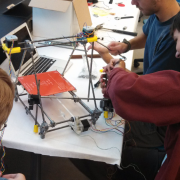
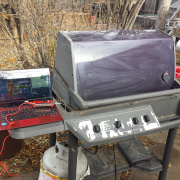
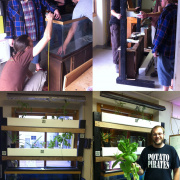
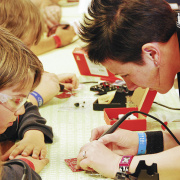

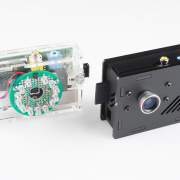


Hi, "For a full wishlist of products for this project, check it out here:" ....but I see no link to anything further. I am hoping you have…